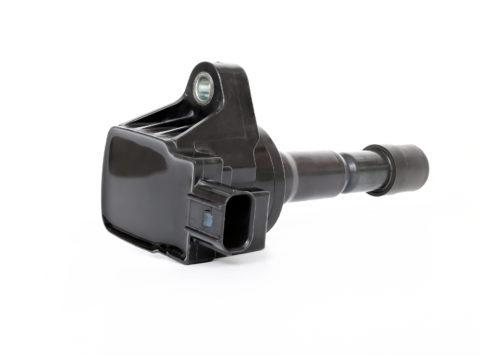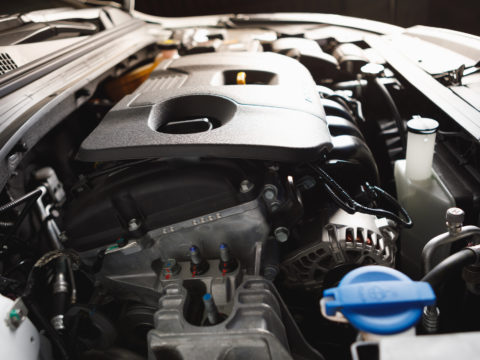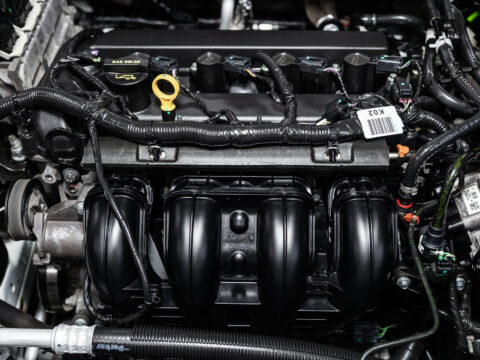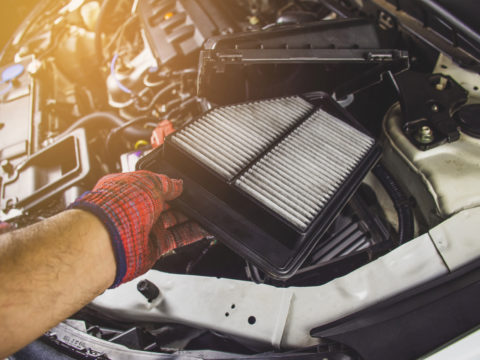If your vehicle starts using more oil than it used to, you might think you have a serious problem. While oil leaks may be the result of any number of problems, a faulty valve cover gasket can cause what looks like a severe oil leak but is easy to fix.
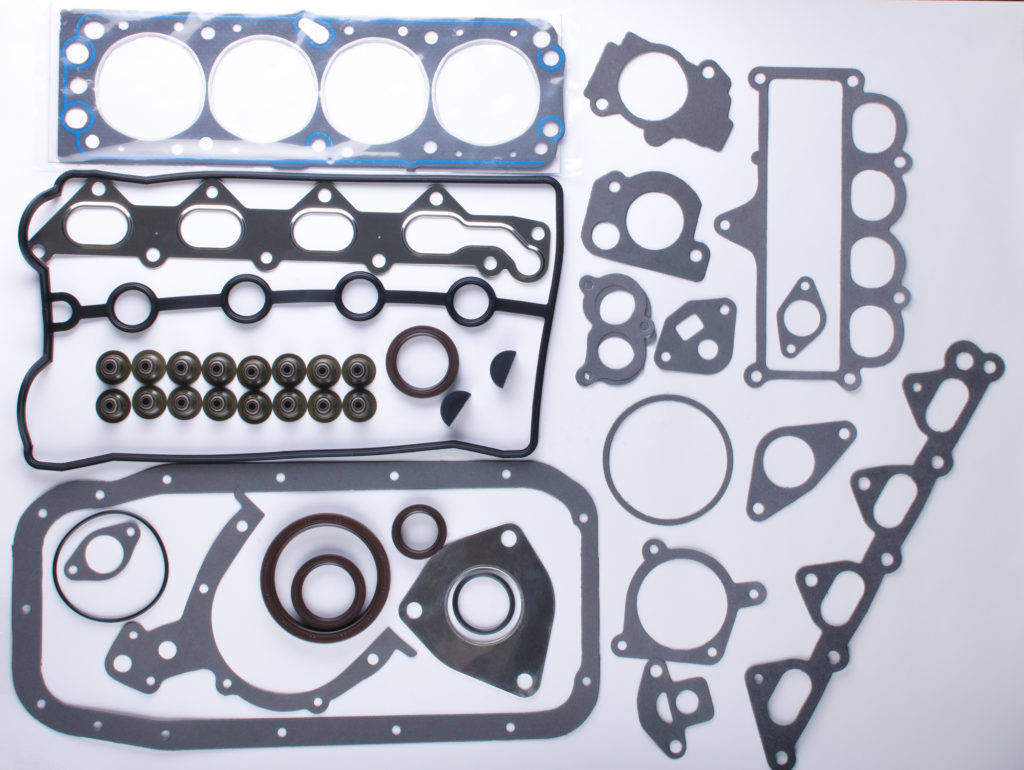
All gaskets sit between two stationary parts, and a valve cover gasket is no different. Valve cover gaskets come in cork, plastic, or rubber. A gasket’s material depends on the manufacturer, and the material types are not interchangeable. If your vehicle has a cork gasket, you cannot replace it with a plastic or rubber gasket and vice versa.
Contents
Where Is It Located in a Car?
The valve cover gasket bolts between the cylinder head surface and the valve cover. The valve cover is on top of the cylinder head surface, so there should always be a gasket between the valve cover and the cylinder head surface.
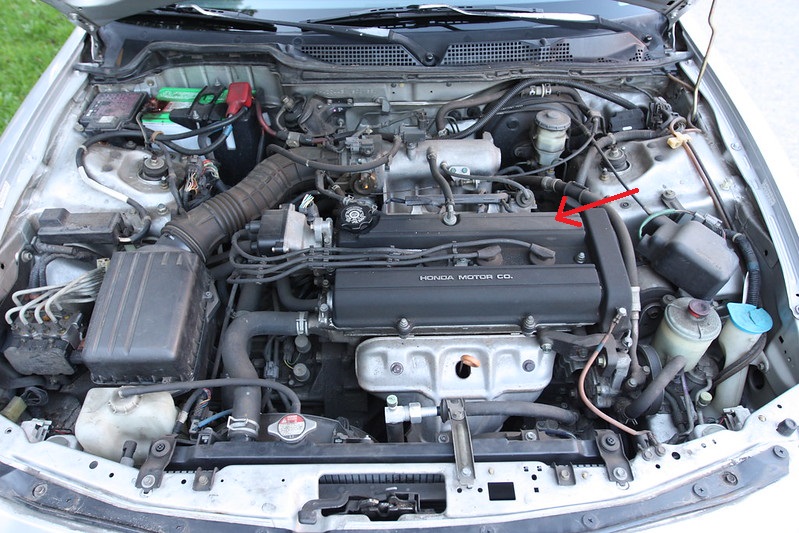
Functions of a Valve Cover Gasket
The valve cover gasket seals the space between the valve cover and the cylinder head surface to prevent oil from leaking out. It also keeps any outside contaminants from mixing with the oil inside the valve cover. The gasket serves as a vibration dampener to prevent damage to the connected surfaces while the engine is running.
How To Tell if You Have a Valve Cover Gasket Leak
The cause of your valve cover gasket leak might not be obvious right away. Here are a few common signs that indicate you have a leak.
1) Low Oil Level
A low oil level happens when the oil level is below the recommended mark on the oil dipstick. While a low oil level alone cannot diagnose a faulty valve cover gasket, it is one of the most common signs of a damaged valve cover gasket. The amount of oil that will leak from the valve cover gasket depends on how damaged the gasket is.
2) Dirty Valve Cover
When the oil leaks from a valve cover gasket, it can spill onto the valve cover. A dirty valve cover is unavoidable, as it keeps dirt from getting inside the cylinders or mixing with the oil inside the valve cover. However, there should not be an excessive amount of dirt on the valve cover, nor should there be dirt that appears clumpy and mixed with oil.
3) Engine Compartment Smoke
If the oil leaks from around the valve cover, the oil can contact parts of the engine that run hot. Whenever this happens, the oil will give off a blue-white smoke. When oil burns, the smoke appears as a blue-tinted white cloud. It is not a good sign if smoke comes from the engine compartment since that signals a fire can occur.
4) Burning Oil Smell
It is unlikely that you will see blue-white smoke of burning oil without the smell of burning oil. You will smell it long before smoke starts to rise, so you have time to prepare. Anytime there is a burning oil smell, there is always an oil leak contacting a hot part of the engine; this could be a hot surface or even oil leaking inside the cylinders.
5) Misfiring Engine
Even though the valve cover has oil inside it and is over the cylinder head surface, the oil should not get inside the cylinders. When oil makes it into the cylinders, this can prevent the spark plugs from firing correctly. The spark plugs not firing on time causes misfires, which can cause irreparable or costly damage to an engine.
6) Dashboard Lights
Most modern vehicles come with a low oil level light and a check engine light on the dashboard. If your car has these two lights, then the low oil level light will come on if the valve cover gasket is leaking. As a result, if the oil leaks into the cylinders and causes one or more misfires, then the check engine light will come on.
7) Vacuum Leak
Something else that can cause the check engine light to come on is a vacuum leak. Now, you may not think a vacuum leak and a damaged valve cover gasket can have anything to do with each other; however, if the gasket is damaged enough to let oil out, then it is damaged enough to let air in. Too much air leaking into the cylinders can appear as a vacuum leak.
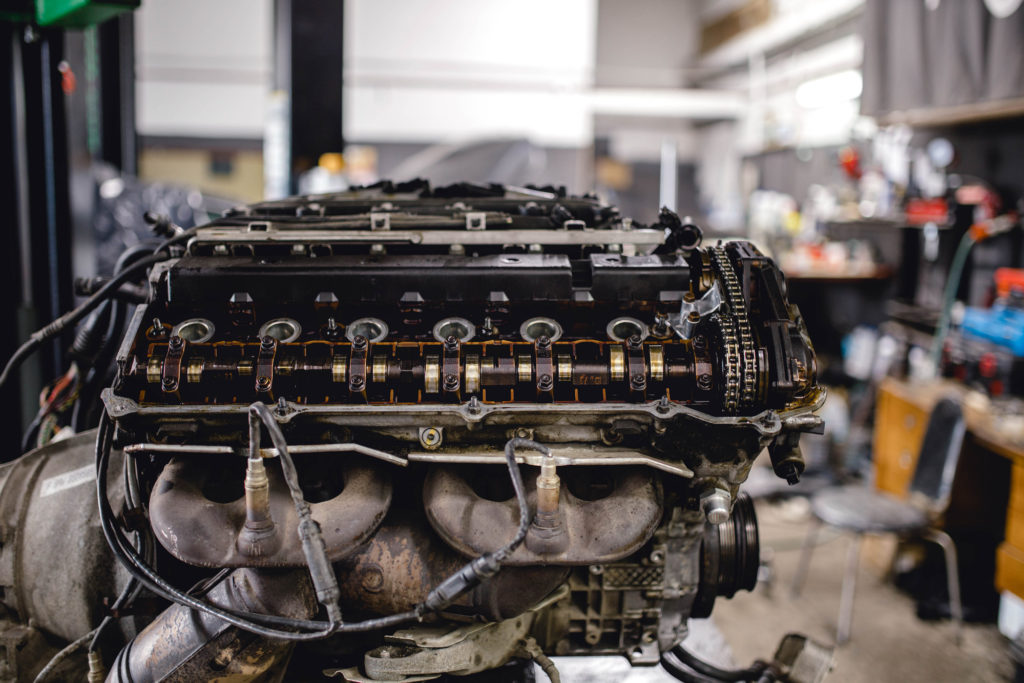
How Serious Is a Valve Cover Gasket Leak?
A valve cover gasket leak can range in severity. The seriousness of the leak depends on the amount of oil your vehicle loses. If your vehicle is losing more oil than you can replace or if a puddle is left under your car when you park it, that is a severe leak and immediately needs fixing. Any oil leak needs repairing to prevent a damaged engine.
What To Do if You Notice Valve Cover Gasket Leak Symptoms
Do you suspect a leaky valve cover gasket? Here’s what you can do.
1) Identify and Confirm The Leak
If you believe that you may have a valve cover gasket leak, the first thing you need to do is confirm it. Other problems can cause the above symptoms, but a valve cover gasket leak will always leak from around the valve cover. If the valve cover is too dirty or too covered in oil to tell if there is a leak, then that itself is a sign that there is a leak around it.
2) DIY or Professional Repair
The second thing you should do: decide if you want to pay to have a professional replace the gasket or if you are comfortable and confident enough to replace the gasket yourself. If you are comfortable working on your vehicle and can follow written or spoken directions, there is nothing wrong with repairing this yourself.
3) Make Sure You Have the Right Tools
Thirdly, you need to ensure that you have the right tools to get the job done safely and correctly if you decide to replace the gasket yourself. You do not want to half-heartedly attempt this job, as it will cause more harm than good in the long run. You should also ensure that you have the correct gasket made of the appropriate material that the manufacturer recommends.
4) Follow Directions Closely
Unless you have replaced valve cover gaskets multiple times in your life, the fourth thing you should do if you have a valve cover gasket leak is get directions on how to replace the gasket safely and correctly. There are websites and videos online that will show you how to change the gasket properly if you do not own or want to buy a manual for your vehicle.
If you don’t feel comfortable fixing the leak yourself, call a mechanic.
How Much Does It Cost To Change a Valve Cover Gasket?
The cost to replace a valve cover gasket depends on whether you are taking your vehicle to a professional or doing the repair yourself. Generally estimates are between $150 to $500 for a valve cover gasket replacement including parts and labor. Repairing it yourself will cost less, but if you do take your vehicle to a professional, the cost of the repair will depend on the Model, Make, and Year of your vehicle: Valve Cover Gasket Replacement Service & Cost.
Where To Buy a Valve Cover Gasket
You can buy a valve cover gasket anywhere you buy vehicle parts like Autozone, O’Reilly, AdvanceAutoParts etc. When you buy the gasket, make certain that you buy the proper gasket for your vehicle, paying special attention to the gasket’s material to prevent any future failings.

